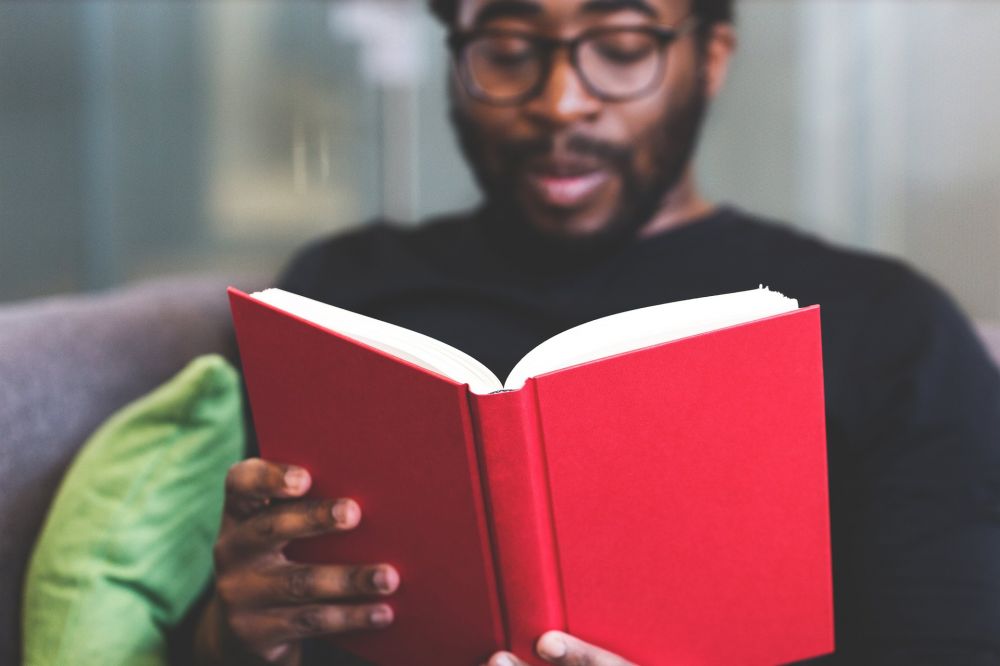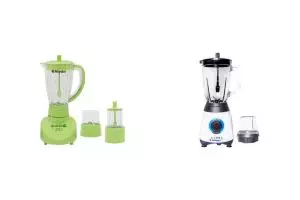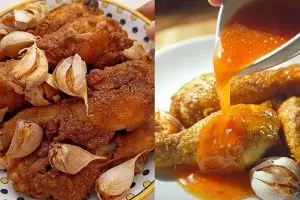Contoh soal explanation text sebagai referensi belajar.
foto: pixabay.com
11. The sense of taste is one of a person’s five senses. We taste with the help of taste-buds in the tongue.
There are four main kinds of taste: sweet, sour, salty, and bitter. All other tastes are just mixtures of two or more of these main types.
The surface of the tongue has more than fifteen thousand taste-buds (or cells). These are connected to the brain by special nerves which send the so-called 'tastes messages.
When the tongue comes into contact with food of any kind, the taste-buds will pick up the taste. The nerves then send a message to the brain. This will make us aware of the taste. All this happens in just a few seconds.
There are four kinds of taste-buds, each of which is sensitive to only a particular taste. These four groups are located in different parts of the tongue.
The taste-buds for salty and sweet tastes are found round the tip of the tongue and along its sides. Sour tastes can be picked up only at the sides of the tongue. The taste-buds of the bitter taste are found at the innermost edge of the tongue. There are taste-buds at the centre of the tongue.
The senses of smell and sight can affect taste. The good smell of food increases its taste. Similarly, attractive colours can make food appear tastier and more delicious. If food does not smell good or is dull-coloured, it will look tasty and may not taste good at all.
Very hot or cold sensations can make the taste-buds insensitive. Food that is too hot or too cold, when placed in the mouth, will have no tastes at all.
When we eat very hot or cold food ...
A. The food will lose its taste
B. The food won’t smell good
C. The taste of the food increases
D. The taste-buds will be sensitive
E. The taste-buds will be very, responsive
Answer: A
12. A cell phone is a great gadget in this modern world. What is a cell phone? A cell phone is actually a radio in certain way. Like a radio, by a cell phone we can communicate to other people in real time. Million people use cell phone for their communication. Even nowadays, people use cell phones to communicate in voice, written and data. Alexander Graham Bell is the person who make great change in the way people communicate to each other. He invented a telephone in 1876. While wireless radio was formally known in 18994 presented by Guglielmo Marconi. By these two technologies, then a cell phone was born. However do you know how actually cell phones work?
This short explanation on how a cell phone work is really wonderful. A cell phone or in long term “cellular telephone’ works by transmitting signals of radio to towers of cellular. The towers are networked to a central switching station. The connection usually uses wire, fiber optic-cables, or microwave.
Then the central switching station which handles calls in certain given area is directed connected to the wire-based telephone system. Cellulars are pick up by the towers and relayed to another cellular telephone user or the user of wire-based telephone network.
the towers vary in the capacity and capability to receive signals. Some can receive the signal from short distance and the others can receive more distance. However, there are usually more than one tower in certain given area so that the system can handle the increasing telephone traffic.
What the main idea of paragraph three ...
A. How to use the telephone
B. The founder of telephone
C. The part of telephone
D. Function of telephone
E. How to make the telephone
Answer: C
13. Silkworms live for only two or three days after laying eggs. About 36,000 to 50,000 eggs are laid, and these are carefully stored at the silkworm farm until they are ready to hatch. The eggs hatch into caterpillars, which feed on mulberry leaves. Soon, the caterpillars are ready to spin their cocoons. Not all caterpillars can spin silk cocoons. Only the caterpillars of a silkworm moth known as ‘Bombyx mari’ can do such spinning. This caterpillar has special glands which secrete liquid silk through its lower lip. The liquid produced later hardens to form tine strands.
The caterpillar makes its cocoons using these strands. The threads on the outside of the cocoon are rough, while those inside are soft and smooth.
Some fully-spun cocoons are heated. This kills the pupa inside. The cocoons are then put into hot water to loosen the fine threads. Finally, these threads are reeled off the cocoons.
The length of unbroken thread produced by a single cocoon measures about one-and-a-half kilometers. Being twisted together several of these threads make single woven materials.
What are mulberry leaves for ...
A. Feeding caterpillars
B. Spinning cocoons.
C. Storing threads.
D. Hatching eggs.
E. Laying eggs.
Answer: A
Question for 14 - 17!
A kite is an object which is made from a light material stretched over a frame. Due to its light material a kite will lift off the ground and fly when it is tilted into the wind.
A kite is uses wind to make it fly because it is heavier than air. When wind travels over the surface of the kite, it is split into two streams of air. One stream of the air goes over the kite while the second stream goes under the kite.
The upper stream above the kite. The lower stream hits the kite at a shallow angle and creates an area of high pressure.
The high pressure area has a pushing effect while the low pressure area has a pulling effect. The combination of push and pull can creates enough force to lift the kite into the air.
Kites have been known for thousand of years. They are used for military or scientific purposes. Todays kites are much used for leisure and competition.
14. What media which use by kite to fly?
A. Air
B. Water
C. Ground
D. Light
E. Wind
Answer: E
15. The first Word of “ it” at the first line of paraghraph two refers to ...
A. Wind
B. Air
C. Kite
D. Frame
E. Fly
Answer: C
16. What is the function of the upper stream?
A. Hits the kite at a shallow angle
B. Creates an area of high pressure
C. Creates an area of middle pressure
D. Creates an area of low pressure
E. Give space for kite to fly
Answer: D
17. Bassed on the text, what is the function of kite at past?
A. Used for competition
B. Used for military
C. Used for sent message
D. Used for sent money
E. Used for keep home for annoying evil
Answer: B
Recommended By Editor
- 7 Contoh teks ulasan film beserta penjelasan dan strukturnya
- 9 Contoh teks tanggapan, beserta ciri-ciri dan strukturnya
- 5 Contoh teks ulasan buku lengkap dengan penjelasan dan strukturnya
- 7 Contoh teks biografi bahasa Inggris serta penjelasan dan strukturnya
- 9 Contoh teks pembawa acara formal dan nonformal

































